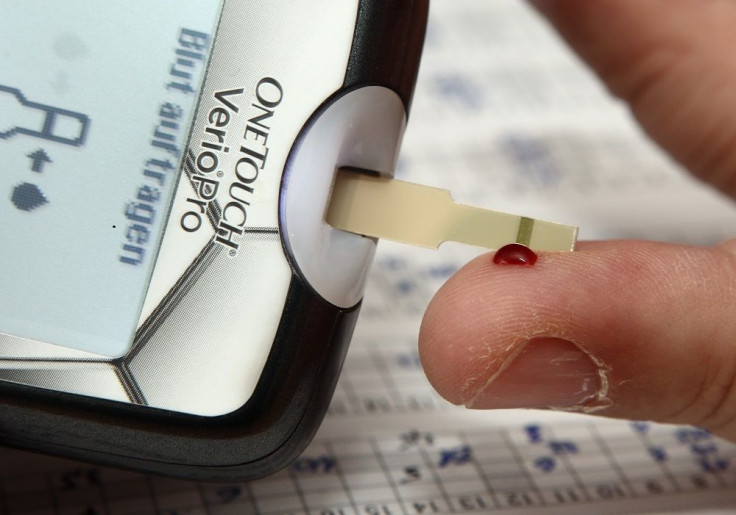Scientists Foresee A Diabetes-Free World In Next 50 Years

While global diagnoses of diabetes is at an all-time high, scientists are hopeful that with new treatments underway, the world would hopefully be free from this ailment with no cure within the next five decades. The scientific community must elucidate mechanisms and critical steps to intervene to prevent the disease, both Type 1 and Type 2 diabetes, within the next 50 years.
New treatments, said experts at the recent 75th scientific session of the American Diabetes Association, or ADA, must ensure optimal glucose and metabolic control, minus the risk of sugar level dropping to dangerous levels and complications of diabetes, reports Tribune. Complications are what distinguishes diabetes from other ailments such as Hypothyroidism which could be easily managed with just taking a tablet to replace the hormone, pointed out Michael Brownlee from the Albert Einstein College of Medicine’s Diabetes Research Centre.
While there has been a lot of changes, the optimum that science has offered is to manage the disease, while people are seeking a cure for diabetes which has yet to be discovered, noted Robert Ratner, chief scientific and medical officer of the ADA. Among the changes over the past 50 years is the way diabetics test their glucose level.
Before, it was only through testing of sugar presence in urine. One modern and non-invasive way is through the A1C method that measures average blood glucose level over three months which provides a good marker whether a patient is on the right track in managing the ailment, said Fred Whitehouse, division head emeritus at the Henry Ford Health System.
To further understand Type 1 diabetes, residents of Sardinia, a resort-island in the Mediterranean, are working with the Insulin-Dependent Diabetes Mellitus Sardinia Project since 1990. The project has been investigating pre-clinical phases of Type 1 diabetes in a large population. Sardinia has the second-highest rate of Type 1 Diabetes in the world.
The aim of the project is to understand why some people who are genetically at risk for Type 1 diabetes – a common childhood chronic ailment resulting from an autoimmune destruction of beta cells that produce insulin – do not develop the disease. The information from the project’s experiments is another step toward a better understanding of the role of the DM protein in preventing the development of Type 1 diabetes in humans, reports Medical Express.
To contact the writer, email: vittoriohernandez@yahoo.com






